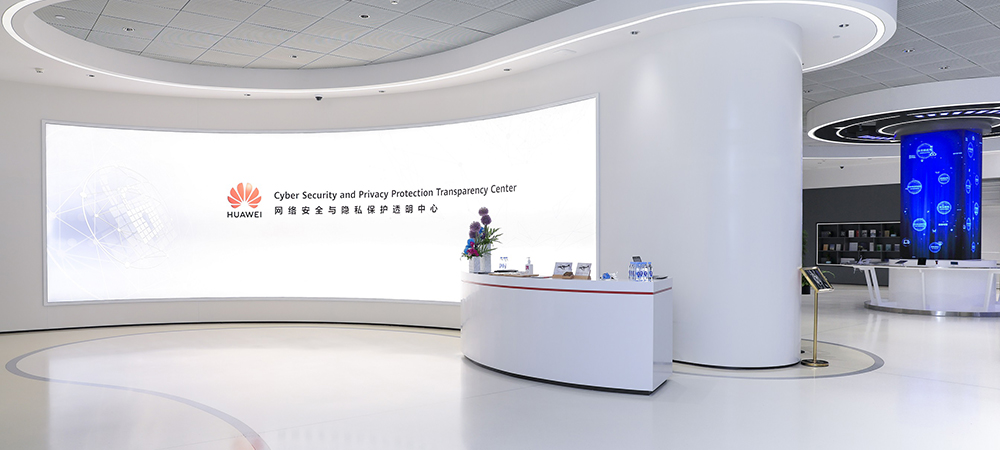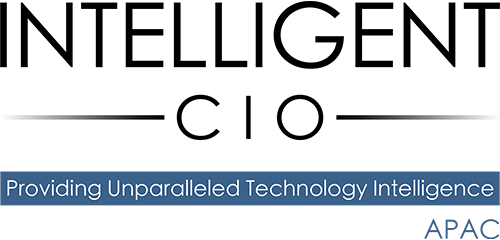Huawei opened its largest Global Cybersecurity and Privacy Protection Transparency Centre in Dongguan, China, with representatives from GSMA, SUSE, the British Standards Institution and regulators from the UAE and Indonesia speaking at the opening ceremony.
Along with the opening of the new centre, Huawei also released its Product Cybersecurity Baseline, marking the first time the company has made its product security baseline framework and management practices available to the industry as a whole. These actions are part of the company’s broader efforts to engage with customers, suppliers, standards organisations and other stakeholders to jointly strengthen cybersecurity across the industry.
“Cybersecurity is more important than ever,” said Ken Hu, Huawei’s Rotating Chairman, at the opening of the Dongguan centre. “As an industry, we need to work together, share best practices and build our collective capabilities in governance, standards, technology and verification. We need to give both the general public and regulators a reason to trust in the security of the products and services they use on a daily basis. Together, we can strike the right balance between security and development in an increasingly digital world.”
Over the past few years, industry digitalisation and new technologies like 5G and AI have made cyberspace more complex than ever, compounded by the fact that people have been spending a greater portion of their lives online throughout the COVID-19 pandemic. These trends have led to a rise in new cybersecurity risks.
Huawei opened the new Global Cybersecurity and Privacy Protection Transparency Centre in Dongguan to address these issues, providing a platform for industry stakeholders to share expertise in cyber governance and work on technical solutions together. The centre is designed to demonstrate solutions and share experience, facilitate communication and joint innovation and support security testing and verification. It will be open to regulators, independent third-party testing organisations and standards organisations, as well as Huawei customers, partners and suppliers.
During the opening, HE Dr Mohamed Hamad Al Kuwaiti, Head of Cybersecurity, UAE, delivered a keynote on the importance of cyber co-operation for a resilient and vibrant digital future. “A public-private partnership will be critical to build collaboration among private, public and government entities so as to establish a globally trusted digital oasis in the UAE,” he said.
To further a unified approach to cybersecurity in the telecoms industry, organisations like GSMA and 3GPP have also been working with industry stakeholders to promote NESAS Security Assurance Specifications and independent certifications. These baselines have seen wide acceptance in the industry and will play an important role in the development and verification of secure networks.
Mats Granryd, Director General of GSMA, spoke at the opening of Huawei’s new centre. “The delivery of existing and new services in the 5G era will rely heavily on the connectivity provided by mobile networks and will fundamentally depend on the underlying technology being secure and trusted,” he said. “Initiatives such as the GSMA 5G Cybersecurity Knowledge Base, designed to help stakeholders understand and mitigate network risks and NESAS, an industry-wide security assurance framework, are designed to facilitate improvements in network equipment security levels across the sector.”
At the event, Huawei also released its Product Cybersecurity Baseline, the culmination of over a decade of experience in product security management, incorporating a broad range of external regulations, technical standards and regulatory requirements. The baseline, together with Huawei’s other governance mechanisms, helps ensure the quality, security and trustworthiness of the company’s products. Over the years, Huawei has built over 1,500 networks that connect more than three billion people across 170 countries and regions. None of these networks have ever experienced a major security incident.
“This is the first time we’ve shared our security baseline framework with the entire industry, not just core suppliers,” said Sean Yang, Director of Huawei’s Global Cybersecurity and Privacy Protection Office. “We want to invite all stakeholders, including customers, regulators, standards organisations, technology providers and testing organisations, to join us in discussing and working on cybersecurity baselines. Together, we can continuously improve product security across the industry.”
At present, the industry still lacks a standards-based, co-ordinated approach, especially when it comes to governance, technical capabilities, certification and collaboration.
“Cybersecurity risk is a shared responsibility,” said Ken Hu in his opening remarks. “Governments, standards organisations and technology providers need to work closer together to develop a unified understanding of cybersecurity challenges. This must be an international effort. We need to set shared goals, align responsibilities and work together to build a trustworthy digital environment that meets the challenges of today and tomorrow.”


